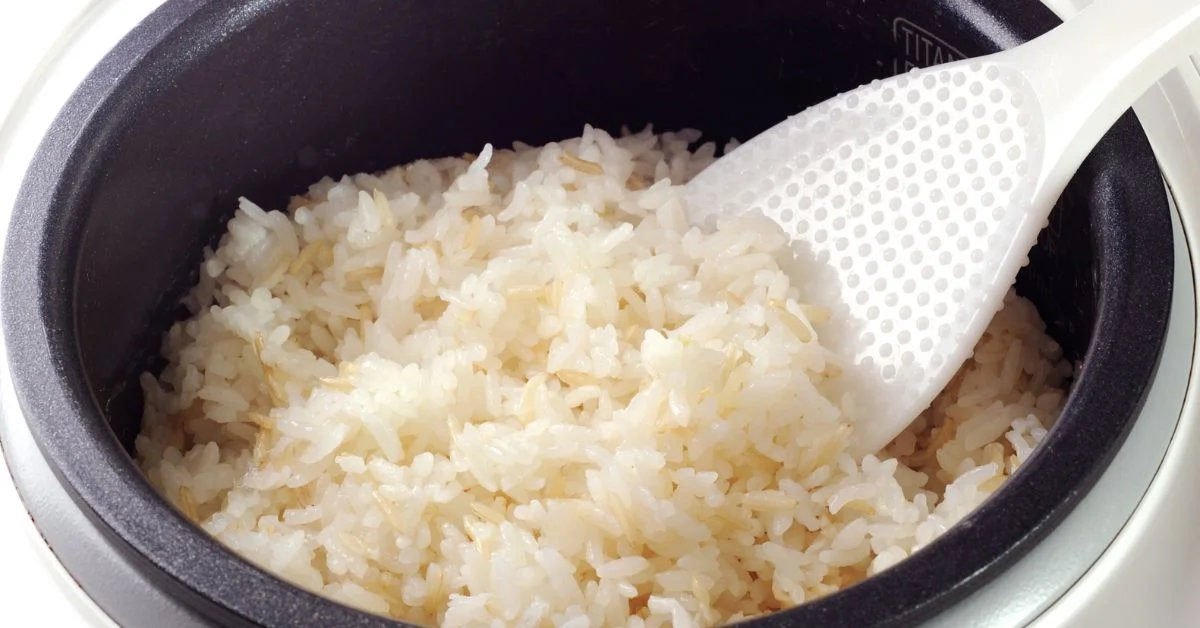

Articles
What Is Flash Rice On A Rice Cooker
Modified: February 21, 2024
Discover the benefits of flash rice on a rice cooker. Explore how this feature streamlines cooking, saves time, and produces perfectly fluffy rice every time. Read more articles on rice cookers and their advanced functionalities.
(Many of the links in this article redirect to a specific reviewed product. Your purchase of these products through affiliate links helps to generate commission for Storables.com, at no extra cost. Learn more)
Introduction
When it comes to cooking rice, a rice cooker is an indispensable kitchen appliance for many households. In recent years, rice cookers have become increasingly advanced, offering various settings and features to simplify the cooking process. One such setting that has gained popularity is the “Flash Rice” setting. But what exactly is Flash Rice, and how does it work?
In this article, we will delve into the world of rice cookers and explore the wonders of the Flash Rice setting. We will discuss its basic functionality, benefits, and potential drawbacks to help you understand whether it’s a valuable addition to your rice cooking routine.
Before we dive into the specifics of the Flash Rice setting, let’s first explore the primary function of a rice cooker.
Key Takeaways:
- The Flash Rice setting on a rice cooker offers time-saving, energy-efficient, and consistent results, making it a valuable addition to your kitchen for quick and perfectly cooked rice, especially when you’re in a rush or have unexpected guests.
- While the Flash Rice setting expedites the cooking process, it’s essential to consider potential drawbacks such as texture variation, rice quantity limitation, and a learning curve, ensuring that you adjust your cooking techniques for optimal results.
Basic Functionality of a Rice Cooker
A rice cooker is a kitchen appliance designed to simplify the process of cooking rice. It consists of a cooking pot, usually made of non-stick material, and an external body that houses the heating element and control panel.
Using a rice cooker is incredibly simple. All you need to do is measure the desired amount of rice and water, add them to the cooking pot, and select the appropriate cooking setting. Once activated, the rice cooker will automatically regulate the temperature and cooking time, ensuring perfectly cooked rice every time.
One of the key advantages of using a rice cooker is that it eliminates the need for constant monitoring and stirring. Unlike traditional stovetop cooking methods, a rice cooker creates a sealed environment that traps the steam generated during the cooking process. This allows the rice to cook evenly and prevents it from sticking or burning.
In addition to the basic functionality of cooking rice, modern rice cookers often come equipped with additional settings and features to cater to various types of rice and cooking preferences. One such feature is the Flash Rice setting.
Flash Rice Setting Explained
The Flash Rice setting on a rice cooker is a specialized cooking mode designed to expedite the rice cooking process. It is specifically tailored to produce fluffy and perfectly cooked rice in a shorter amount of time compared to traditional cooking settings.
When activated, the Flash Rice setting applies higher heat and pressure to the rice cooker, which helps accelerate the cooking process. This results in faster water absorption and a reduced cooking time, allowing you to enjoy a bowl of deliciously cooked rice in a fraction of the time.
This setting is particularly useful when you’re in a hurry or have unexpected guests. With the Flash Rice setting, you can have a batch of freshly cooked rice ready on your table in a matter of minutes, without sacrificing taste or quality.
It’s important to note that the cooking time may vary depending on the type of rice and the desired texture. While the Flash Rice setting is generally efficient for most varieties of rice, it’s always recommended to refer to the manufacturer’s guidelines or recipe suggestions for the best results.
Now that we understand the purpose of the Flash Rice setting, let’s explore the benefits it offers.
Benefits of Flash Rice Setting
The Flash Rice setting on a rice cooker offers several benefits that make it a valuable addition to your cooking routine:
- Time-Saving: The primary advantage of the Flash Rice setting is its ability to significantly reduce the cooking time. By applying higher heat and pressure, the rice cooker can cook the rice faster without compromising its quality or taste. This is especially beneficial when you’re pressed for time or have unexpected guests.
- Energy-Efficient: Since the Flash Rice setting cooks rice in a shorter time, it consumes less energy compared to traditional cooking methods. This energy efficiency not only helps reduce your electricity bill but also contributes to a more sustainable and environmentally-friendly kitchen appliance.
- Consistent Results: The Flash Rice setting ensures consistent results every time you cook rice. The higher heat and pressure help to evenly distribute the heat and ensure thorough cooking, resulting in fluffy and well-cooked rice without any undercooked grains.
- Versatility: While the Flash Rice setting is primarily designed for cooking rice, it can also be used for other grains, such as quinoa or bulgur wheat. This versatility allows you to experiment with different recipes and expand your culinary horizons.
- No Compromise on Taste: Despite the reduced cooking time, the Flash Rice setting does not compromise the taste or quality of the rice. You can expect fluffy, aromatic, and perfectly cooked rice, just as you would with traditional cooking methods.
With these benefits in mind, it’s evident that the Flash Rice setting can greatly enhance your rice cooking experience. However, understanding how this setting works is essential for optimal results. Let’s dive into the inner workings of the Flash Rice setting in the next section.
When using a rice cooker to make flash rice, use the quick cook setting for a shorter cooking time and fluffier texture. Adjust the water ratio accordingly for best results.
How Does Flash Rice Setting Work?
The Flash Rice setting on a rice cooker works by utilizing higher heat and pressure to accelerate the cooking process. This setting is specifically designed to expedite the absorption of water by the rice grains, resulting in a shorter cooking time.
When the Flash Rice setting is selected, the rice cooker increases the temperature inside the cooking pot. The higher heat contributes to faster water evaporation, which encourages the rice grains to absorb water more quickly.
In addition to the higher heat, the Flash Rice setting also applies increased pressure to the cooking pot. This pressure further aids in the absorption of water by the rice grains. The combination of higher heat and pressure helps to break down the starches present in the rice more efficiently, resulting in a faster and more thorough cooking process.
The advanced technology in modern rice cookers ensures that the higher heat and pressure are carefully regulated to prevent overcooking or undercooking of the rice. The cooker’s sensors and algorithms constantly monitor and adjust the temperature and pressure inside the cooking pot to maintain optimal cooking conditions.
It’s important to note that the exact temperature, pressure, and cooking time may vary depending on the specific rice cooker model and the type of rice being cooked. Manufacturers provide guidelines and instructions for the Flash Rice setting, which you should follow for the best results.
Now that we have a clear understanding of how the Flash Rice setting works, let’s explore some practical tips for using this setting effectively.
Read more: What Is Flashing On A Chimney
Tips for Using Flash Rice Setting
To get the most out of the Flash Rice setting on your rice cooker, consider the following tips:
- Measurements: Use the recommended measurements of rice and water specified in the rice cooker’s user manual or recipe suggestions. The Flash Rice setting may require slightly different proportions compared to other cooking settings.
- Rinsing the Rice: Before cooking, rinse the rice thoroughly to remove any excess starch. This will help prevent the rice from becoming sticky or clumpy during the cooking process.
- Soaking: For some varieties of rice, soaking the grains for a short period before cooking can help improve the texture and reduce the cooking time. Consult the manufacturer’s guidelines or recipe suggestions for the specific rice you are using.
- Preheating: Preheating the rice cooker before adding the rice and water can help speed up the cooking process even further. Simply turn the rice cooker on and allow it to heat up for a few minutes before adding the ingredients.
- Avoid Opening the Lid: Once the cooking process has started, resist the temptation to open the lid to check on the rice. Each time the lid is opened, heat and pressure are lost, which can affect the cooking time and result in unevenly cooked rice.
- Fluffing the Rice: After the cooking cycle is complete, let the rice sit for a few minutes before fluffing it with a fork. Fluffing the rice will help separate the grains and create a light and fluffy texture.
By following these tips, you can ensure optimal results when using the Flash Rice setting on your rice cooker. However, it’s essential to keep in mind that every rice cooker model may have unique features and requirements, so always refer to the manufacturer’s instructions for the best cooking experience.
While the Flash Rice setting offers many benefits, it’s important to be aware of any potential drawbacks as well. Let’s explore them in the next section.
Potential Drawbacks of Flash Rice Setting
While the Flash Rice setting on a rice cooker offers many advantages, there are a few potential drawbacks to consider:
- Texture Variation: The shorter cooking time associated with the Flash Rice setting may result in slight variations in texture compared to rice cooked using traditional methods. Some individuals may prefer a softer or stickier texture, which may be better achieved through conventional cooking methods.
- Rice Quantity Limitation: Due to the higher heat and pressure used in the Flash Rice setting, it’s important to follow the recommended rice and water measurements closely. Overfilling the rice cooker beyond its capacity may result in unevenly cooked or spillover rice.
- Learning Curve: If you’re new to using the Flash Rice setting or rice cookers in general, there may be a learning curve to achieve the desired results. Experimentation and adjustments to water-to-rice ratios and cooking times may be necessary to find the perfect balance for your preferred texture and taste.
- Possible Sticking: While rice cookers generally offer non-stick cooking pots, there may still be a chance of the rice sticking to the bottom or sides when using the Flash Rice setting. It’s important to follow the proper rinsing and fluffing techniques to minimize sticking.
- Limited Cooking Options: The Flash Rice setting is primarily designed for cooking rice and may not be suitable for other dishes or grains. If you’re looking for a multi-purpose cooking setting, consider rice cookers with additional settings or features.
These potential drawbacks should be taken into account when deciding whether to use the Flash Rice setting or opt for traditional rice cooking methods. It’s important to consider your personal preferences and requirements to ensure the best cooking experience.
Now that we’ve explored the benefits, workings, and potential drawbacks of the Flash Rice setting, let’s wrap up our discussion.
Conclusion
The Flash Rice setting on a rice cooker is a valuable feature that provides a time-saving and convenient option for cooking rice. By utilizing higher heat and pressure, this setting expedites the cooking process without compromising the quality or taste of the rice.
There are numerous benefits to using the Flash Rice setting, including reduced cooking time, energy efficiency, consistent results, versatility, and maintaining the taste and quality of the rice. It is particularly helpful when you’re in a rush or have unexpected guests, allowing you to quickly prepare a batch of perfectly cooked rice.
However, there are a few potential drawbacks to consider, such as variations in texture, limitations on rice quantities, a learning curve, possible sticking, and limited cooking options. It’s important to understand these limitations and adjust your cooking techniques accordingly.
In the end, the decision to use the Flash Rice setting or opt for traditional rice cooking methods depends on your personal preferences, time constraints, and desired results. With proper measurements, rinsing, and following the recommended guidelines, you can experiment with the Flash Rice setting to find the best settings and techniques that suit your taste.
Rice cookers have revolutionized the way we cook rice, and the Flash Rice setting is just one of the many advancements that make our lives easier in the kitchen. Whether you choose to utilize this setting regularly or reserve it for special occasions, it undoubtedly offers a convenient and efficient way to enjoy deliciously cooked rice whenever you desire.
Remember, the Flash Rice setting is just one of the many features that modern rice cookers offer, so don’t hesitate to explore and experiment with the different settings and options available to create a variety of rice dishes and expand your culinary repertoire.
So go ahead, embrace the benefits of the Flash Rice setting and elevate your rice cooking experience to new heights with this innovative and time-saving feature.
Frequently Asked Questions about What Is Flash Rice On A Rice Cooker
Was this page helpful?
At Storables.com, we guarantee accurate and reliable information. Our content, validated by Expert Board Contributors, is crafted following stringent Editorial Policies. We're committed to providing you with well-researched, expert-backed insights for all your informational needs.

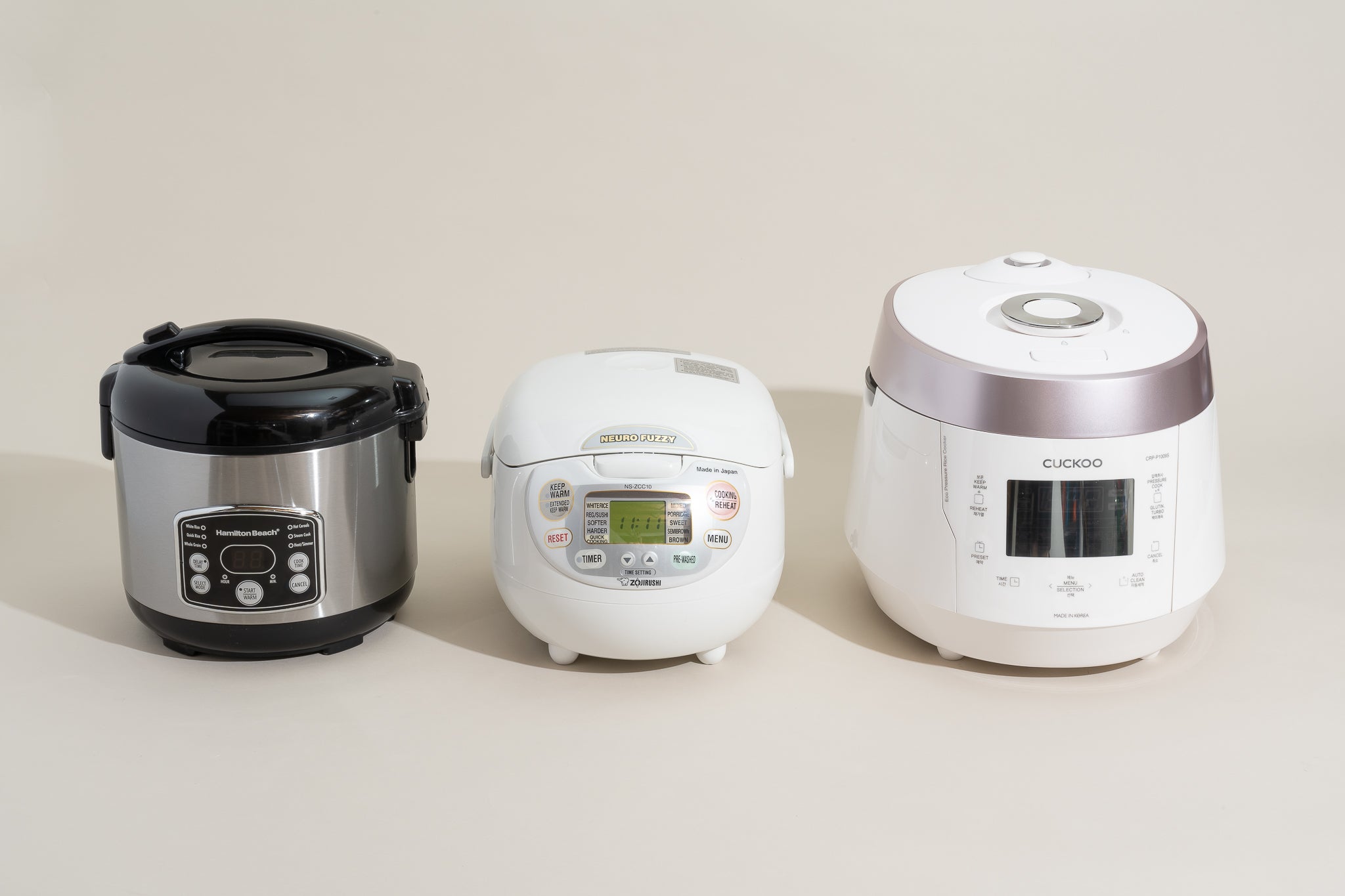


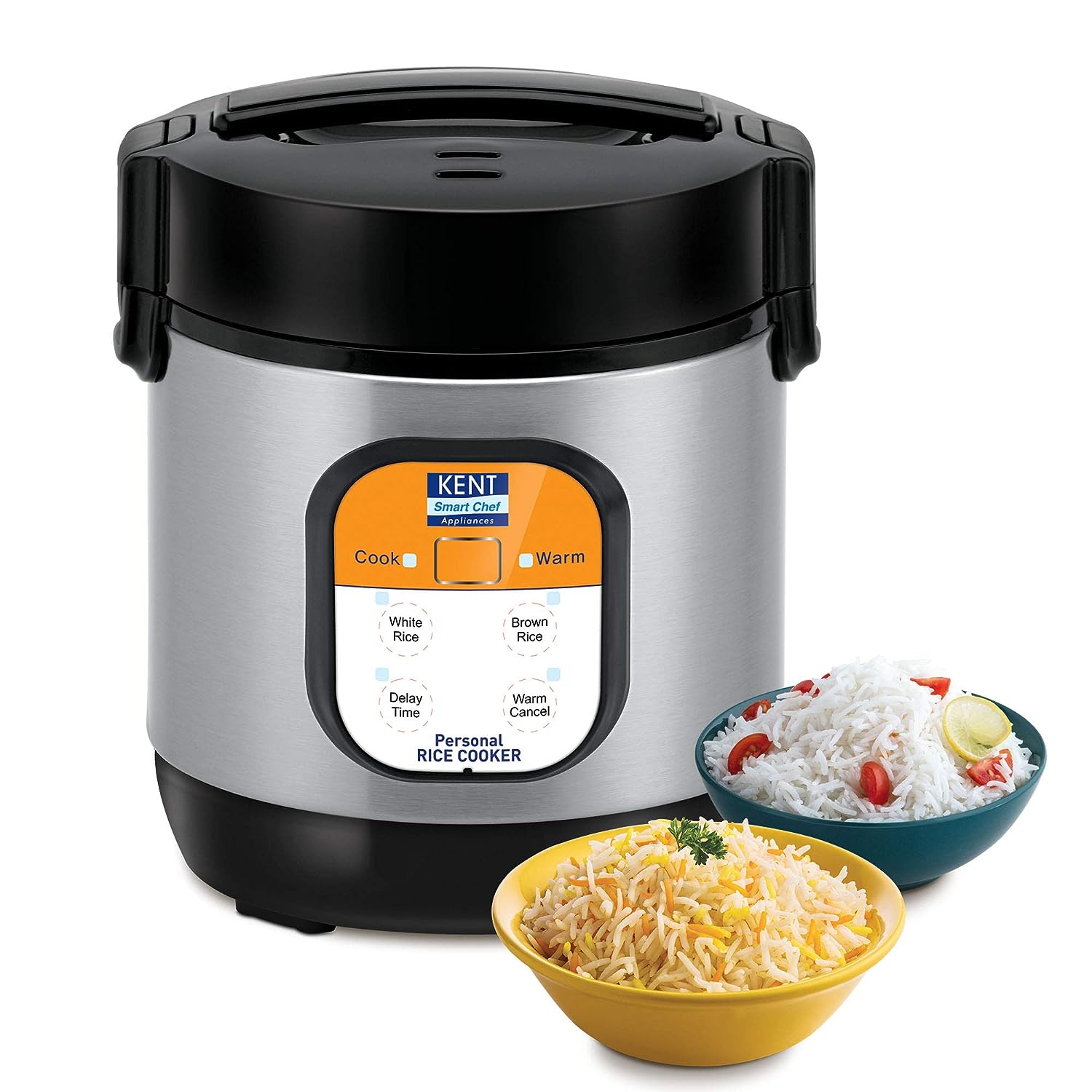
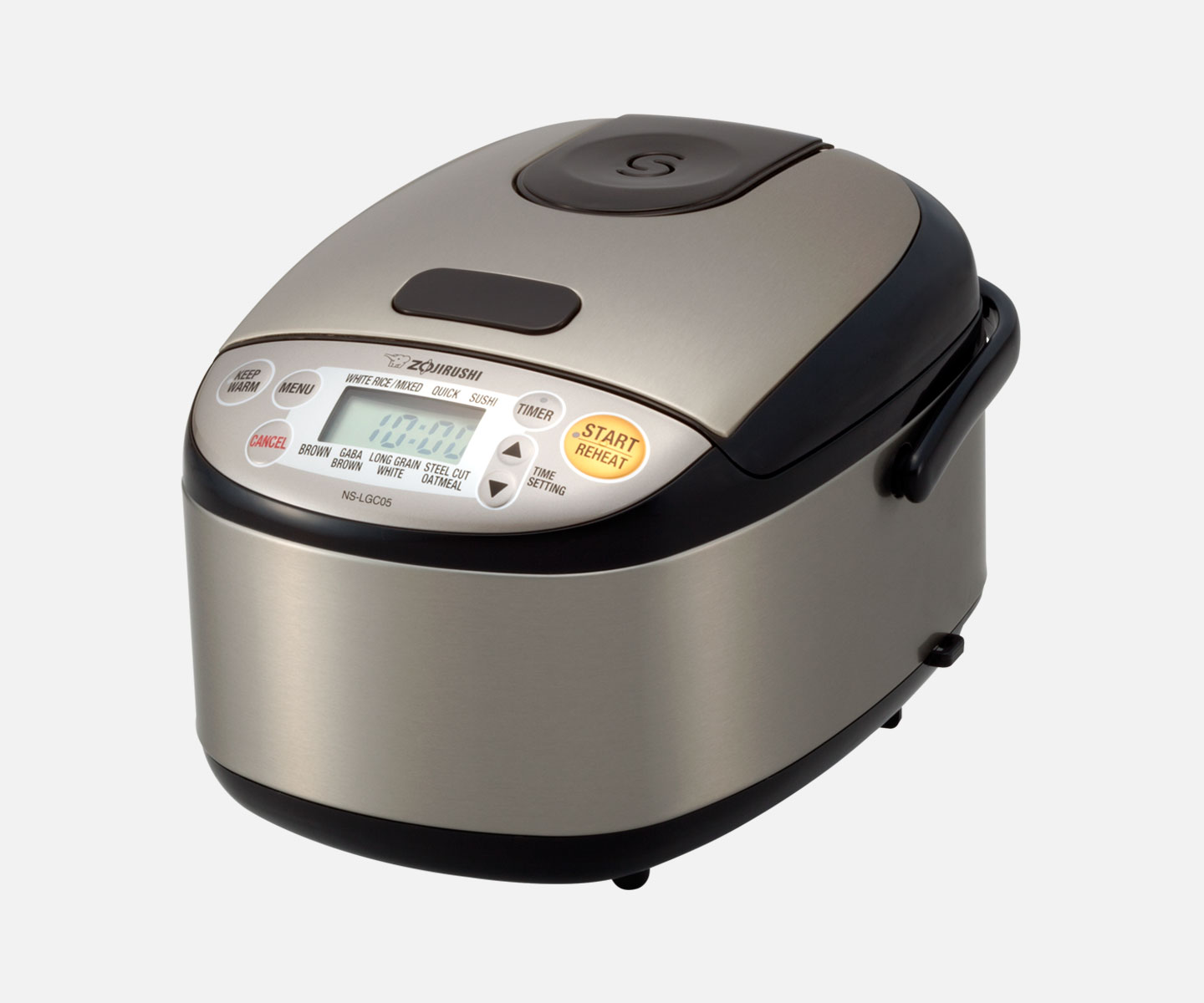
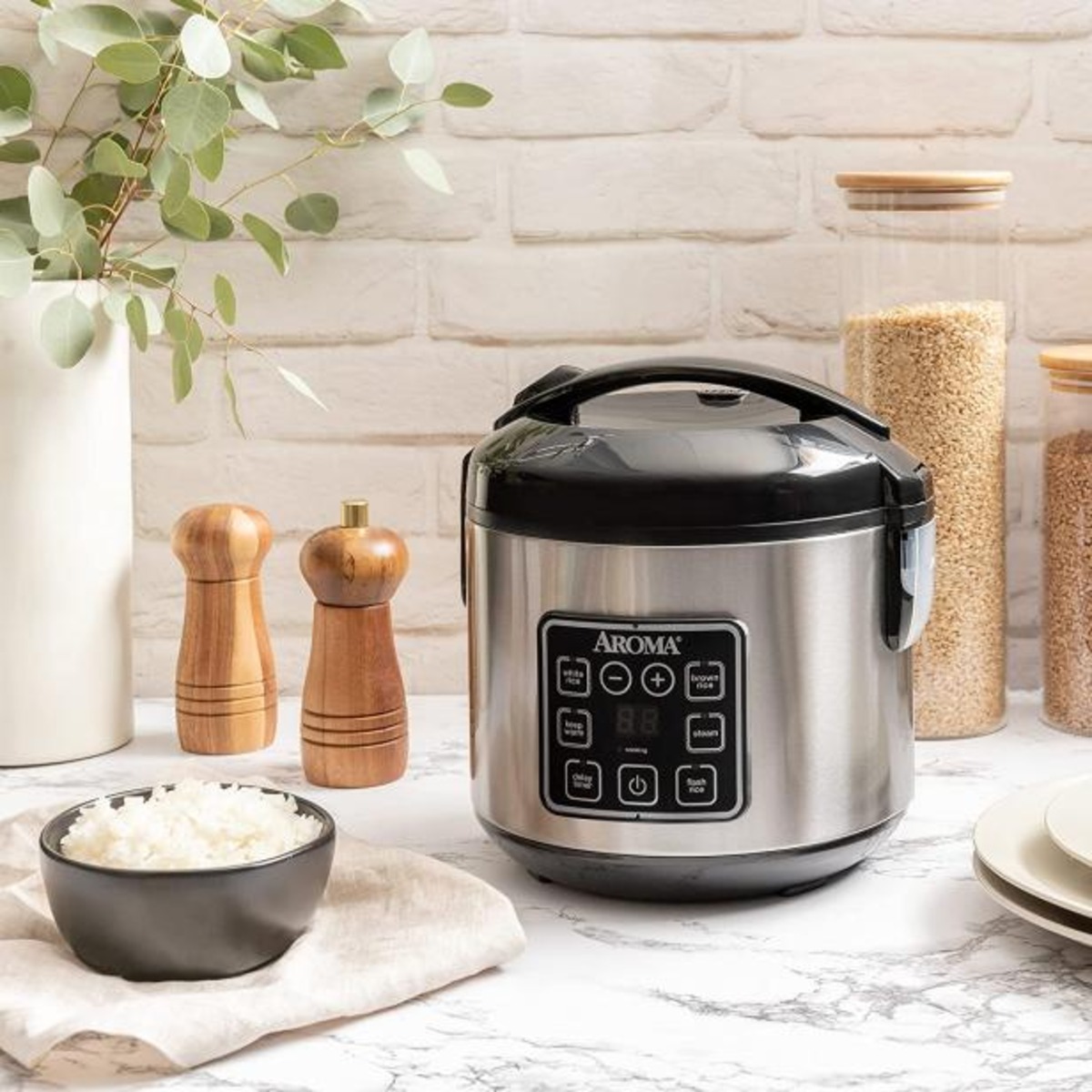
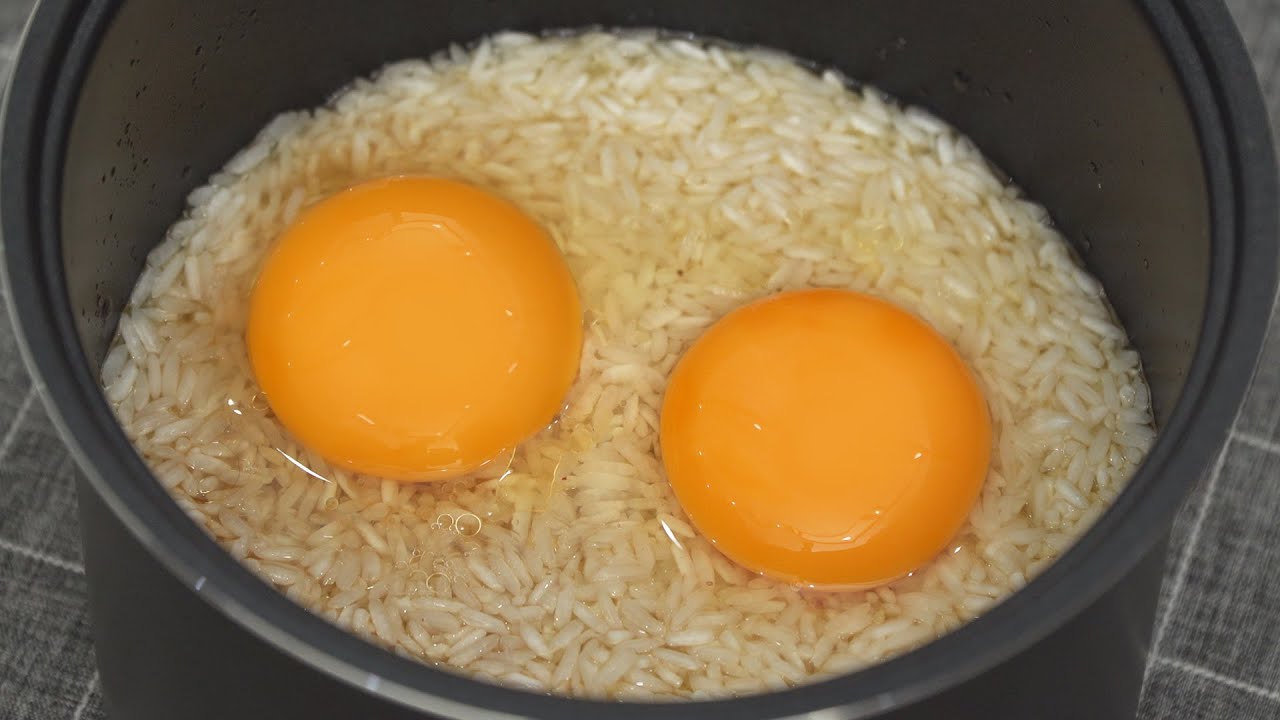
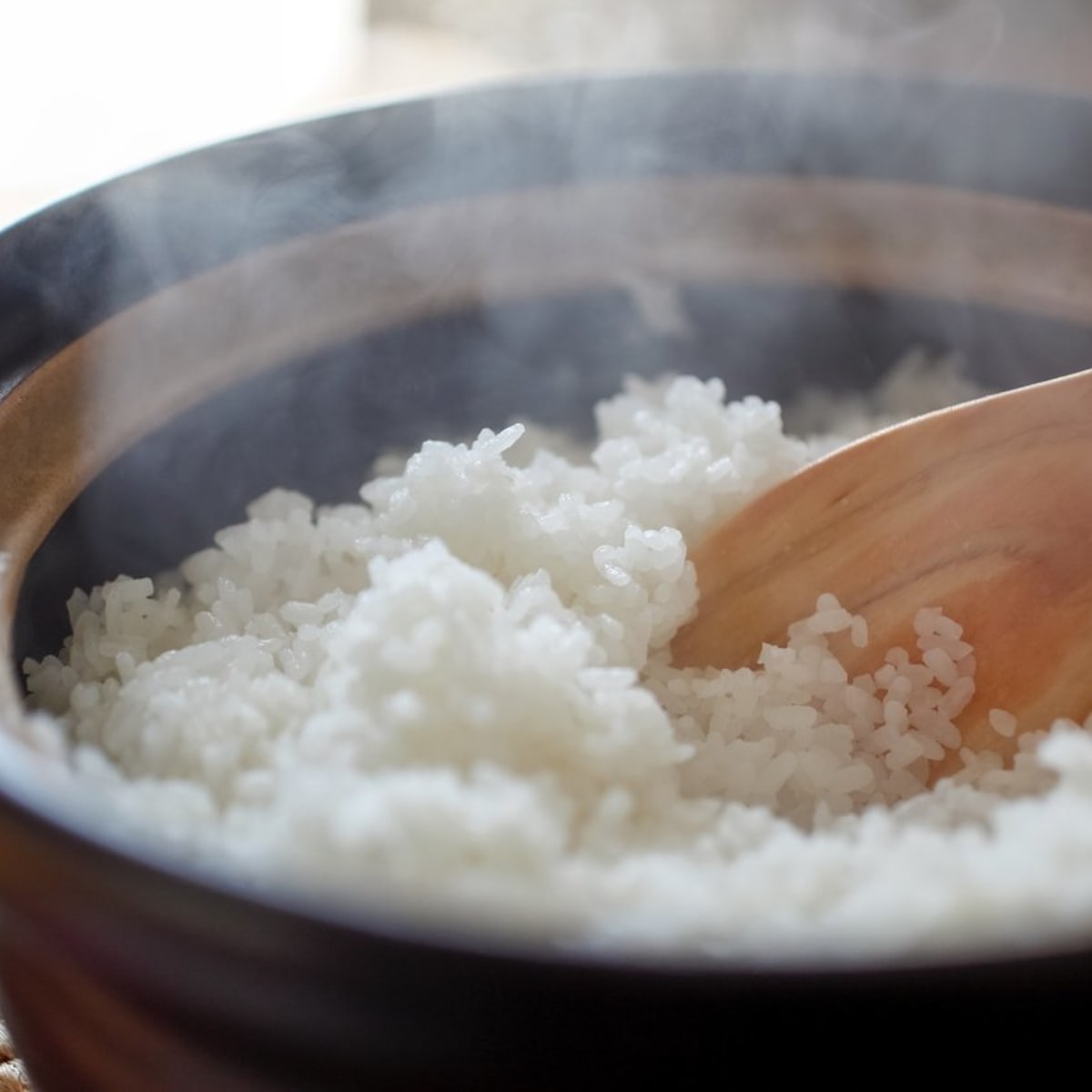
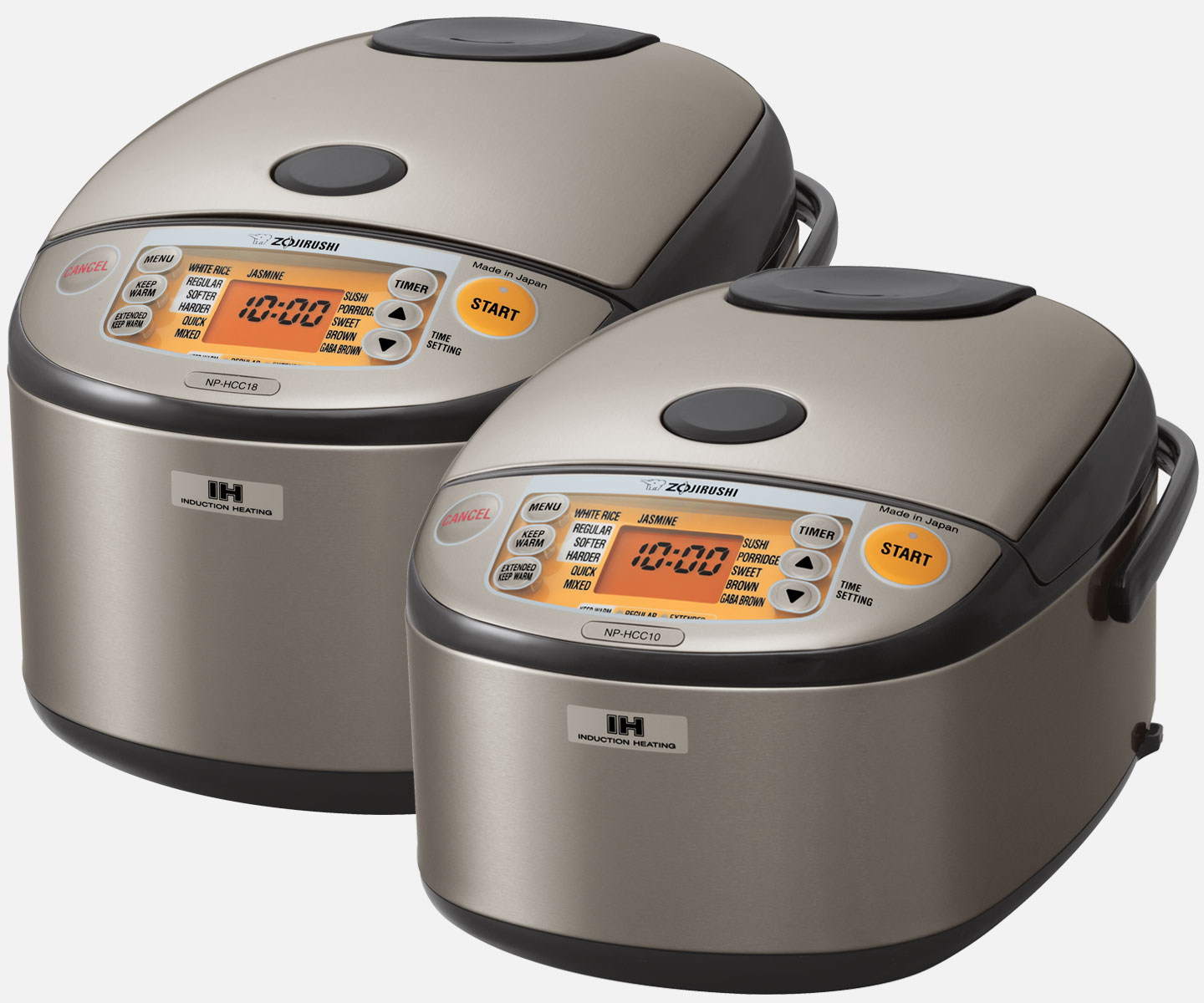
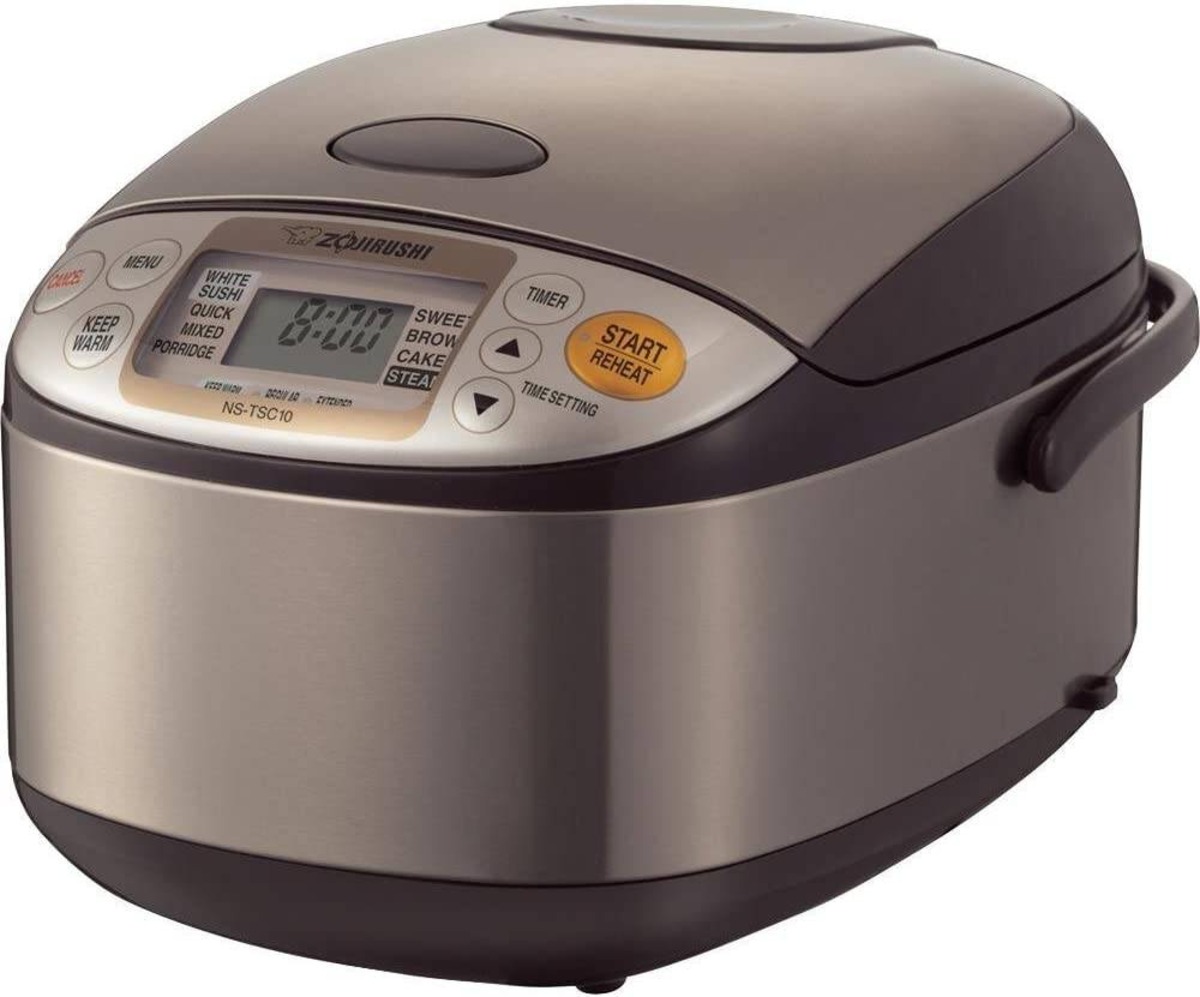

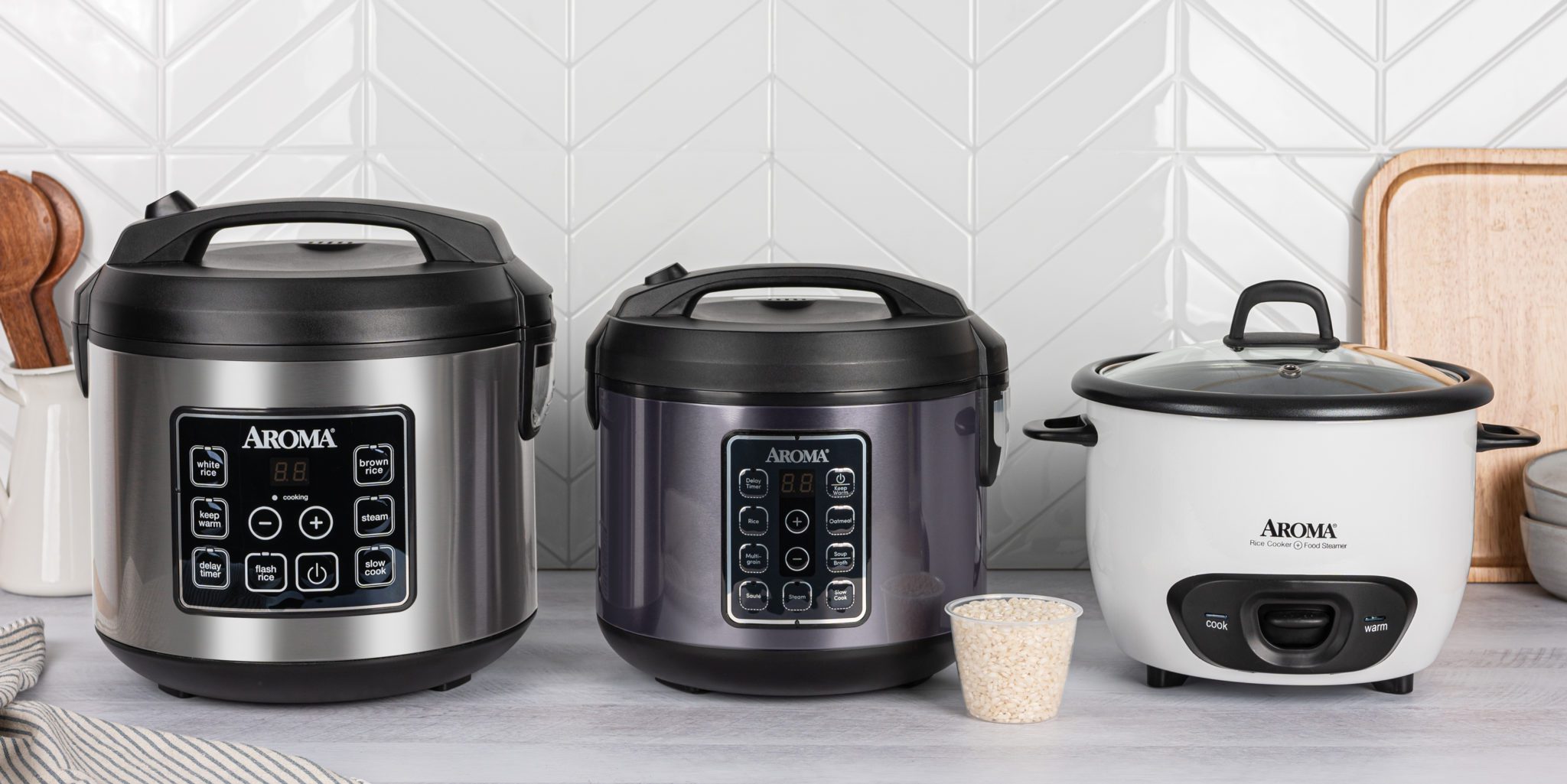
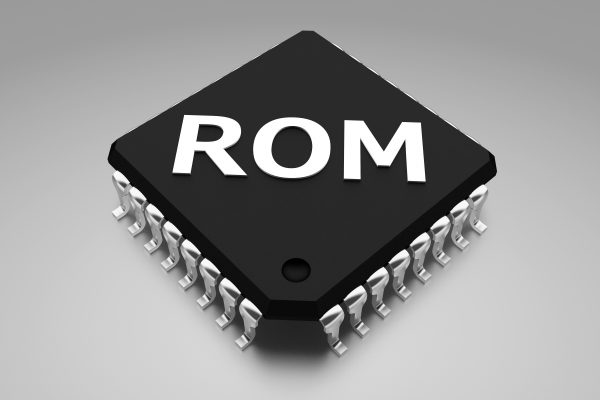

0 thoughts on “What Is Flash Rice On A Rice Cooker”